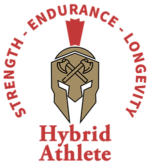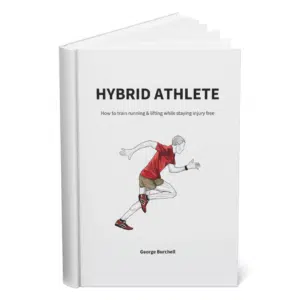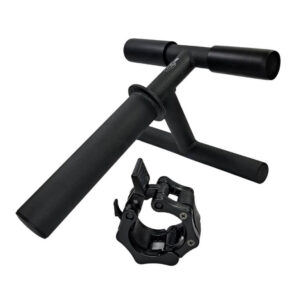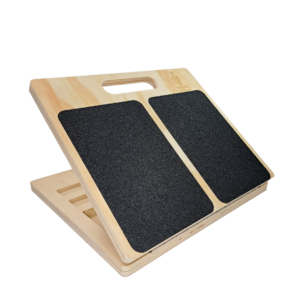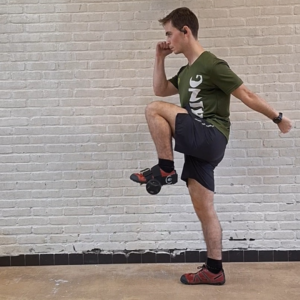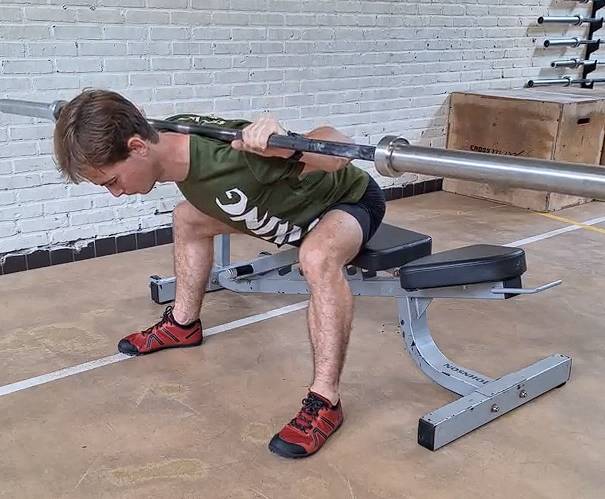
Whether you’re building strength or you want to work on your mobility, seated good mornings are a must-have in your program.
This exercise has been a staple of the knees-over-toes training method and it quickly found a way into various athletic communities.
Let’s talk about the benefits of seated good mornings, as well as how to progress to a perfect form.
Table of Contents
Seated Good Mornings Benefits
If you ever saw someone doing a seated good morning, or you tried it yourself, one thing is obvious – this is a hinge-dominant movement. However, thanks to the seated nature of the exercise, it involves different biomechanics compared to the classics (e.g. deadlifts or hip thrusts).
Here are the main benefits of seated good mornings:
- Posterior chain development – your glutes and hamstrings are carrying most of the load
- Erector spinae strengthening – this important back muscle is responsible for good posture
- Strong core activation – from keeping your upper body sturdy and stable throughout the movement
- Better squatting mechanics – Seated good mornings will help your body reach its full range of motion while squatting, especially during the deepest parts of the squat
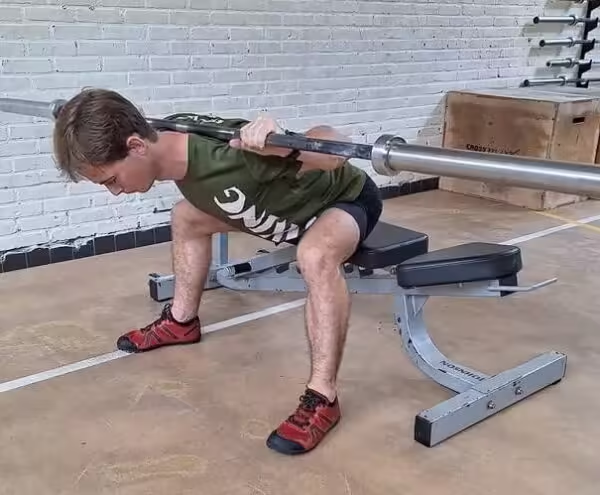
How To Do Seated Good Mornings
First of all, you will need a sturdy bench to sit on. A chair can help, but it adds challenges of its own. Now, a barbell is optional, because you can do seated good mornings with resistance bands (or dumbells) as well. This goes double if you’re a beginner.
Here’s how to do a seated good morning:
- Sit on a bench with your feet flat on the floor
- Make sure your knees are behind your toes. You can extend your knee slightly over 90° to achieve this
- Put the barbell on your back (low-bar squat position) while sitting straight
- With you back in a neutral position, and your core active, engage the hinge, aka lean forward
- Once you reach your range of motion, go back by squeezing your glutes and pushing through your heels
Interestingly enough, in this KOT exercise, your knees should not go over your toes, so make sure to plant your feet slightly forward.
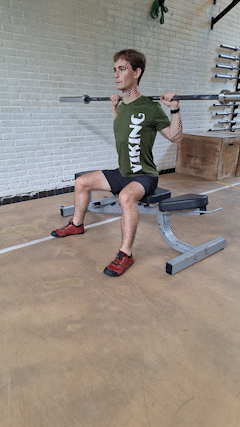
Progressions
Barbell seated good morning is no easy feat. If you’re just starting to build it up, you can progress with resistance bands.
All you have to do is tie a band in front of the bench you’re sitting on. Grab the band as you engage the movement, and let its force stretch you out in the bottom position.
Remember the end-position should put your torso almost parallel to the bench.
Seated good mornings tips and queues
- Do not round your back during seated good mornings. It’s important to maintain a neutral spine
- Don’t push your head up. Despite the instinct people often have, leading up with your head can damage your form pushing your spine to adapt
- Mind your footing. If your feet are pulled back, you won’t be able to hinge properly, and the load will fall on your lower back
- Keep your program in mind. Seated good mornings are a hip hinge exercise after all, so be mindful when putting it in next to similar movements
A Strong Hip Hinge Is Necessary For, Well, Every Movement
Seated good mornings take some time to master, but the benefits they bring to the table outweigh the effort right away. With this exercise you get not only the strength and mobility benefits – you teach your lower and upper body to work in sync while transferring load.
On top of that, thanks to deep muscle activation (like the erector spinae), seated good mornings play an important role in injury prevention.
Lastly, seated good mornings are a great accessory tool if you’re looking to better your squatting form.
So, go find a bench and start working on your squatting by sitting down. Good night back pain, good morning painless squatting.
Get the best bulletproofing training equipment:
GET THE BEST INJURY-PREVENTION TRAINING EQUIPMENT:
Above all, a storyteller. Then comes marketing, branding, writing music, powerlifting, and woodworking.
